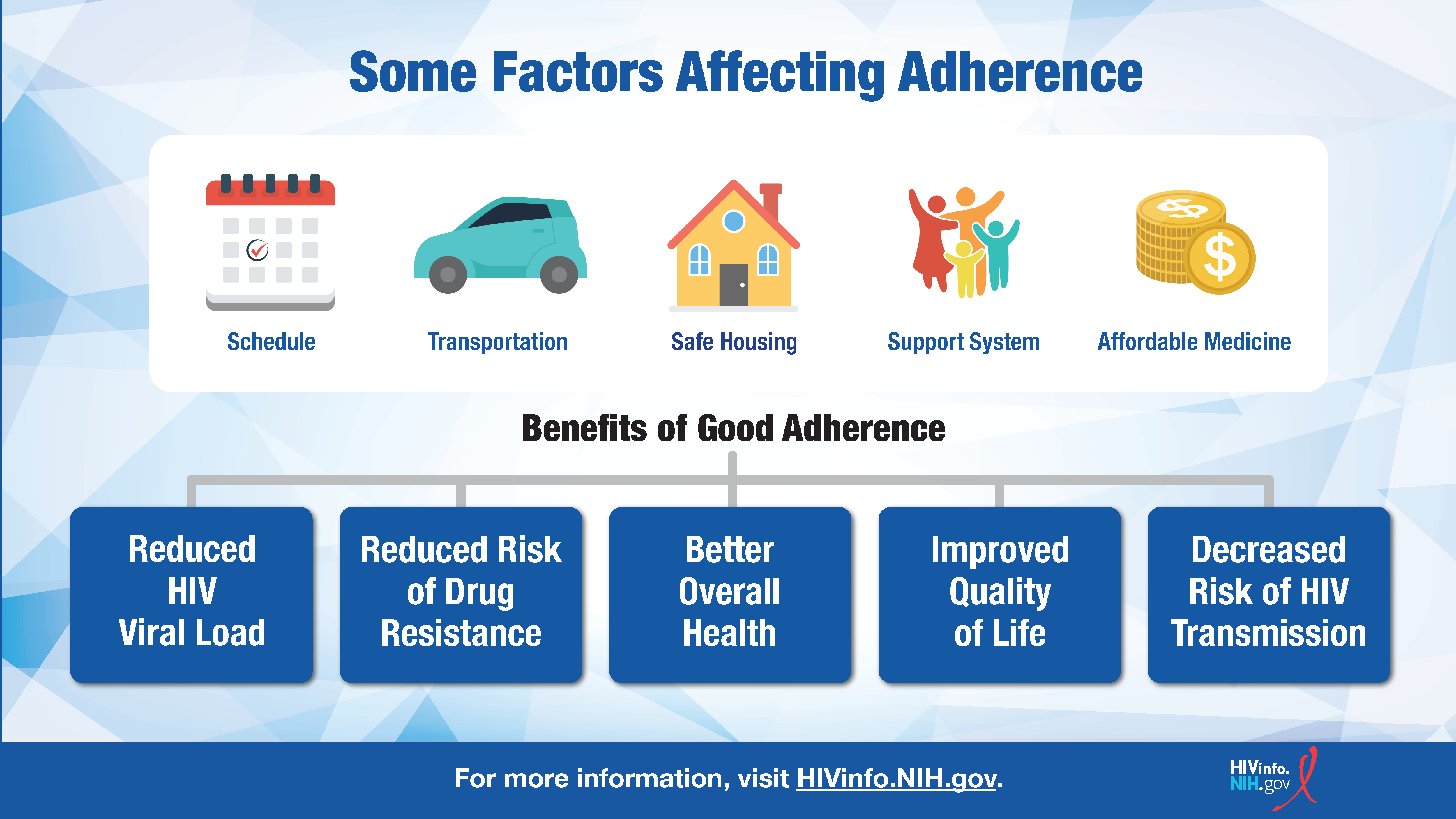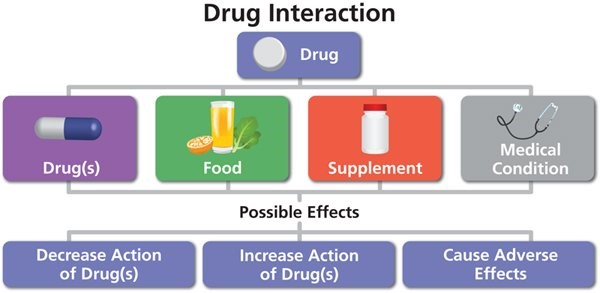Key Points
- Although there are no vaccines to prevent or treat HIV, people with HIV can benefit from getting vaccines against other diseases like hepatitis B and influenza.
- Factors such as age, previous vaccinations, likelihood of getting a particular disease, certain HIV-related factors, and pregnancy status can impact which vaccines are recommended.
What are vaccines?
Vaccines protect people from diseases, such as the primary varicella infection (chickenpox), influenza (flu), and polio. Vaccines are given by needle injection (a shot), by mouth (pill or solution), or by nasal spray. The process of getting a vaccine is called vaccination or immunization.
When a person gets a vaccine, the body's immune system mounts an immune response that protects the body against the disease. In this way, the immune system learns to defend the body if the person is later exposed to the disease.
Some vaccines, like the measles or polio vaccines, are nearly 100% effective at preventing disease. Others, like the COVID-19 or flu vaccines, reduce the severity of the disease so that only a mild case of the disease occurs.
Vaccines not only protect individuals from disease; they protect communities as well. When most people in a community get immunized against a disease, there is little chance of a disease outbreak.
Is there a vaccine against HIV?
Researchers have been studying HIV vaccines for nearly 40 years. Most of the HIV vaccine trials have been early-stage trials where scientists look at whether the vaccine is safe and whether we mount an immune response to HIV following vaccination.
Very few vaccine trials have advanced to late-stage testing where scientists look at whether the vaccine effectively stops HIV infection. So far, no HIV vaccines have proven effective, and none have been approved for use outside of clinical trials.
Even with recent setbacks, scientists are looking at new technologies to design experimental vaccines to prevent and treat HIV. For more information about experimental HIV vaccines, read the HIVinfo fact sheets What is a Preventive HIV Vaccine? and What is a Therapeutic HIV Vaccine?
Even though there are no vaccines to prevent or treat HIV, people with HIV can benefit from vaccines against other diseases.
Which vaccines are recommended for people with HIV?
People with HIV should speak with their health care provider about receiving:
- COVID-19 vaccine annually
- Hepatitis A vaccine series
- Hepatitis B vaccine series
- HPV vaccine series to protect against human papillomavirus (for those up to age 26 years)
- Influenza vaccine annually to protect against seasonal flu
- Meningococcal conjugate vaccine series
- Pneumococcal vaccine(s)
- Respiratory syncytial virus vaccine series (for those who are at least age 75 years)
- Tdap/Td vaccines to protect against tetanus, diphtheria, and pertussis (whooping cough)
- Zoster vaccine series to protect against shingles
People with HIV are more likely to get many of these diseases than people who don’t have HIV, so they should talk with their health care providers to determine which vaccines they should receive and when they should receive them.
Other factors, such as age, previous vaccinations, likelihood of getting a particular disease, CD4 T lymphocyte (CD4 cell) count, and pregnancy status, can impact which vaccines are recommended. For example, if you are age 60 and have a low CD4 cell count, your health care provider may recommend that you receive the RSV vaccine series.
Similarly, if you know you have been exposed to mpox or engage in sexual behaviors that increase your chance of getting mpox, your health care provider may suggest that you get vaccinated against mpox.
Are vaccines safe for people with HIV?
Most vaccines are safe and effective for people with HIV. Although some people may experience side effects from vaccines, these are generally minor and go away in a few days. For example, some people experience soreness at the location of an injection or a mild fever that resolve after a few days. Severe reactions to vaccines are rare.
Some vaccines, such as the live attenuated versions of the flu vaccine and mpox vaccine, are not recommended for people with HIV because they can potentially cause an infection in people with HIV. However, alternative vaccines to protect against flu and mpox are available.
Before getting a vaccine, talk to your health care provider about the benefits of the vaccine and possible side effects.
What about travel and immunizations?
Regardless of destination, all travelers should be up to date on routine vaccinations. However, people who plan to travel outside the United States may need to be vaccinated against diseases that are present in other parts of the world:
- Cholera: Africa, the Americas, South and Southeast Asia
- Polio: Afghanistan, Pakistan
- Typhoid: Africa, Asia (especially South Asia), Latin America
- Yellow Fever: sub-Saharan Africa, tropical South America
If you have HIV, talk to your health care provider about any vaccines you may need before you travel outside of the United States.
To prepare for your trip, read information from the Centers for Disease Control and Prevention (CDC) on Travelers with Weakened Immune Systems.
This fact sheet is based on information from the following sources:
From CDC:
From the Department of Health and Human Services:
From HIV Clinical Practice Guidelines at Clinicalinfo.HIV.gov:
- Guidelines for the Prevention and Treatment of Opportunistic Infections in Adults and Adolescents With HIV:
Also see the HIV Source collection of HIV links and resources.



